Derailed Philadelphia train was not shot at: investigators
Investigators do not rule out possibility of another object striking train's windscreen
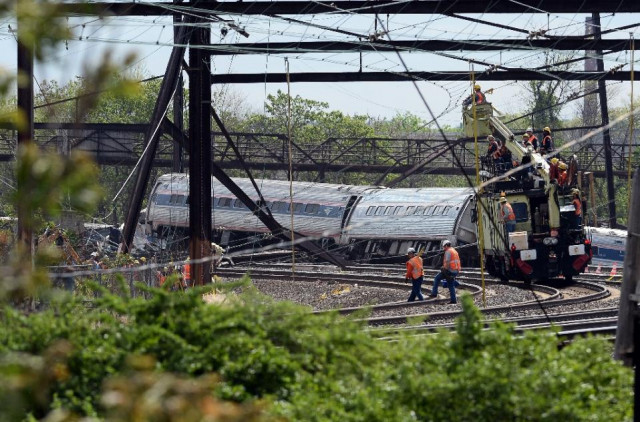
Rescuers work around derailed cars of an Amtrak train in Philadelphia, Pennsylvania on May 13, 2015. PHOTO: AFP
Eight people were killed and more than 200 passengers injured when Amtrak Train 188 derailed on May 12.
The Federal Bureau of Investigation (FBI) was called to determine if a projectile had hit the train before it derailed.
But the National Transportation Safety Board announced that the FBI had found "no evidence" of any damage to the train's windshield "that could have been caused by a firearm."
An assistant conductor reported that she heard the train's engineer say it was struck by something shortly before the crash, NTSB member Robert Sumwalt said last week.
The woman also said she heard over her radio that a separate train had been "hit by a rock or shot at," causing that engineer to make an emergency stop. The NTSB said Monday it has "not ruled out" the possibility that "another object may have struck" the doomed train's windshield.
The entire investigation would take up to a year but additional updates would be announced later this week, the NTSB said on its Twitter account.
The FBI found no evidence of damage to #Amtrak 188 windshield that could have been caused by a firearm.
— NTSB (@NTSB) May 18, 2015
NTSB has not ruled out possibility that another object may have struck the #Amtrak locomotive windshield.
— NTSB (@NTSB) May 18, 2015
Probable cause of #Amtrak 188 accident will be determined at conclusion of NTSB’s investigation -- expected to last up to 12 months.
— NTSB (@NTSB) May 18, 2015
Four passengers injured in the accident filed a federal lawsuit Monday seeking damages that could help challenge a legal cap of $200 million.
The four-count lawsuit accuses Amtrak of causing the "tragic and preventable" accident through "reckless operation on the tracks and (an) inexcusable decision to not include a necessary safety system."
The train was traveling at more than 100 miles (160 kilometers) per hour -- twice the speed limit -- when the driver slammed on the emergency brakes just before the crash.
The plaintiffs are New York advertising creative officer Daniel Armyn, Amy Miller from the New Jersey university town of Princeton and Spanish tourists Maria Jesus Redondo Iban and Felicidad Redondo Iban.
They sustained "serious and disabling" injuries "as a result of the careless, reckless and outrageous conduct" of Amtrak, the lawsuit said.
Negligence, outrageous conduct
The suit also accused engineer Brandon Bostian of recklessness.
Felicidad Redondo Iban was forced to undergo multiple surgeries in an attempt to save her arm from amputation, according to the lawsuit.
The plaintiffs' injuries have involved and could continue to involve costly medical treatment, loss of earnings, pain, disfigurement, mental anguish, humiliation and fear, the suit argues.
Armyn's wife Nicole and Maria Jesus Redondo Iban's husband, Marino Uicero Estrades, neither of whom were on the train, were also named as plaintiffs.
The 36-page suit accuses Amtrak of negligence, outrageous conduct and two counts of loss of consortium -- being deprived of a spouse's love and affection -- for each spouse in question.
In 1997, Congress capped any Amtrak payout to victims at $200 million per crash as part of legislation to save the operator from financial ruin.
But Robert Zimmerman, from law firm Saltz, Mongeluzzi, Barrett and Bendesky that filed the suit, said the firm believed the cap was "unconstitutional and insufficient."
"We will be seeking ways to challenge that both in court and legislatively," he told AFP.
On Monday, Senator Bill Nelson, a Democrat from Florida, introduced legislation to raise the cap from $200 million to $500 million.
Zimmerman said the firm was in contact with several other victims and would be meeting with them throughout the week.
Rail service meanwhile resumed between Philadelphia and New York for the first time since the crash.
The stretch of rail had been closed to allow investigators to comb through the debris to piece together what happened.
The northeastern rail corridor connecting Washington and New York -- which passes through Philadelphia -- is one of the country's busiest, a popular route among professionals and tourists alike.

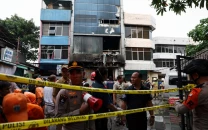
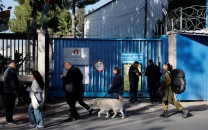



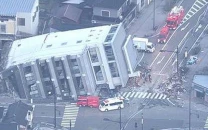


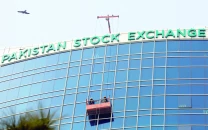

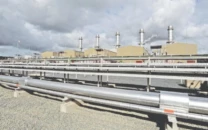


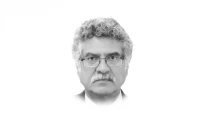




COMMENTS
Comments are moderated and generally will be posted if they are on-topic and not abusive.
For more information, please see our Comments FAQ